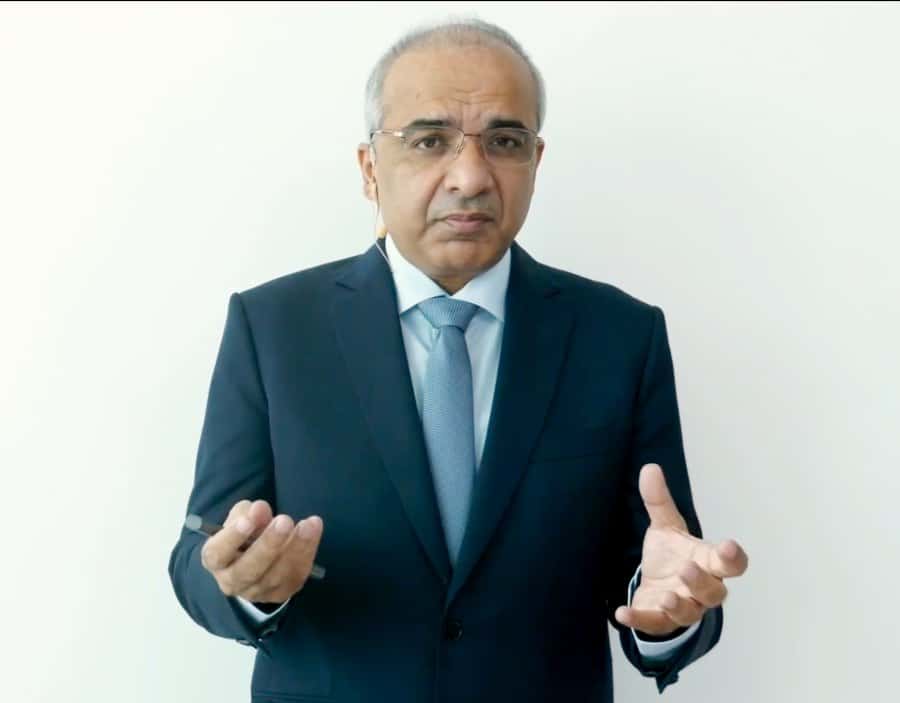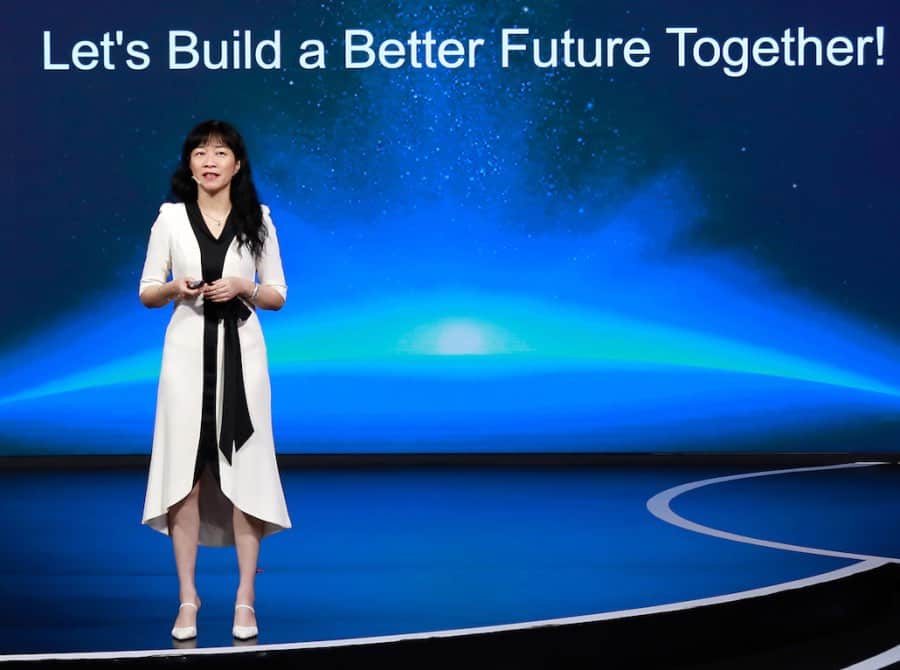
Above: Rajesh Duneja, Partner, Arthur D Little.
Originally published in Newsday BusinessDay for July 30, 2020
The implementation of 5G in Trinidad and Tobago is a fixed wireless solution, installed by TSTT as a replacement solution for its aging and maintenance intensive copper network.
Network infrastructure tends to be amortized over ten years, and TT is five years into investments in 4G infrastructure. Neither telecommunications provider has commited to a timeline to build 5G mobile broadband infrastructure yet.
But, the conversations around 5G implementations are heating up around the world, taking centre stage as one of the battleground issues between China and the US as the Trump administration wages an undeclared trade war.
In the crosshairs of American legal salvos is Huawei, one of China’s major technology companies.
Deployments of 5G mobile networks have been surging in the last five months and budgets supporting more installations of the next generation wireless broadband technology are increasing.

China plans to deploy 800,000 5G base stations nationally in 2020, noted Catherine Chen, Huawei Senior Vice President, at yesterday’s Better World Summit, an online, four-day series of presentations hosted by the company virtually.
China will invest US$140 billion in 5G and more than US$2 trillion in building its digital economy.
The European Union, Chen noted, has budgeted a trillion dollars for development, some of which will go to digital transformation.
Derek O’Halloran of the World Economic Forum noted at the summit that Internet use has grown by 70 per cent during the global covid19 lockdown. Virtual collaboration is up by 600 percent and video streaming has increased by a factor of 20.
The WEF has also found that large numbers of people who had to work from home now prefer to do so.
O’Halloran lamented that despite such advances, 47 percent of the world’s population remains unconnected and called on telecommunications businesses and governments to develop a response to these challenges.
“The time is now to bring connectivity to all,” he said, “digital is the fabric of our post-covid lives.”

Rajesh Duneja, Head of the Regulatory Competence Centre at Arthur D Little suggested that countries profile themselves before building a digital economy.
“You have to get some things, and you have to let go of some things,” Duneja told summit attendees.
Duneja championed the idea of a national archetype, identifying what the country is strongest at and building an economy that benefits from the resources that already exist.
Duneja reported that a 10 per cent increase in fixed broadband penetration brings at least a two per cent increase in GDP, a simillar increase in mobile broadband can bring a 2.8 per cent increase and a seven per cent increase in cloud technology boosts GDP by one per cent.
For many nations, he believes, the options are open, because 70 per cent of countries are in the baseline ICT novice archetype, with more flexibility to define themselves, particularly if they are inventive at digitalising their economies.
Digitally enabled economies grow up to three times faster than legacy economic systems.
Key to making that change is an underpinning of a comprehensive national economic policy and government underwriting of the strategy.
According to Stella Tembisa Ndabeni-Abrahams, Minister of Communications and Digital Technologies, South Africa is ready to flip that switch.
Covid19 brought remote working, remote learning and an increased awareness of the importance of connectivity and the need for spectrum support to her country.

Ndabeni-Abrahams described South Africa as separated by geography and language, but sees the digital economy as a way to bridge gaps and move from digital consumption to development.
South Africa expects to license 5G wireless spectrum, the range of radio frequencies available for data transmission, over the next financial year.
“We are open for business,” she said brightly, “Africa is the only continent that makes sense for economic growth.”
Michelle Zarri, speaking at a TATT online seminar on 5G in March noted then that 413 networks had already launched 5G mobile services.
The technology, he noted, is designed to support up to one million devices per kilometer, matching that massive connectivity with low latency.
“We only have so much spectrum, and we cannot get anymore,” Zarri warned.
We only have so much spectrum, and we cannot get anymore, If you don’t give the operator enough spectrum, there is no way they can deliver the best quality.
– Michelle Zarri
If you don’t give the operator enough spectrum, there is no way they can deliver the best quality.”
“You don’t want the operator to deploy a 5G system that is slower than its 4G system!”
Zarri urged governments to adopt policies that encourage long-term, heavy investment in 5G networks.
It’s a point that Hassel Bacchus, TSTT’s Chief Technical Officer would emphasise during a Canto Conversations webinar on 5G in June.
“Spectrum neutrality is a serious thing,” Bacchus said.
“Fixed wireless convergence is happening. Mobile wireless convergence is happening.”
“If regulators isolate and are discrete about what you can do in various slices of spectrum, then it defeats the convergence movement.”
“If we continue dividing up the spectrum and not providing adequate amounts, then we end up having too many sites because you don’t have the coverage and you find yourself in a space where it becomes economically unviable to deploy technology that given the right resources, would work quite well.”

Bacchus believes that there is greater need in TT for discussions about how wireless broadband technology is evolving and for rationalisation of spectrum allocation because of the chilling impact that spectrum slicing has on costs.
“If the reason behind it (spectrum slicing) is artificial – this is how it was done before and this is how it’s going to continue – then that will not augur well for our ability to provide cost-efficient services,” Bacchus warned.
“It limits and restricts you in different ways.”
On 5G dangers
You are exposed to more radiation using a hair dryer or a microwave than you will being around a 5G base station.” – Michelle Zarri
“The millimetre band of 5g is non-ionising, they are not capable of changing the DNA or cell structure. Much higher frequencies, like x-rays can.” – Jyrkki Pentinen.
“We have a lot of RF experts now. We are continuously on the back foot on this, having to respond. We should be very loud and very upfront explaining what we are doing how it has been tested and how it will work for you.” – Hassel Bacchus.

